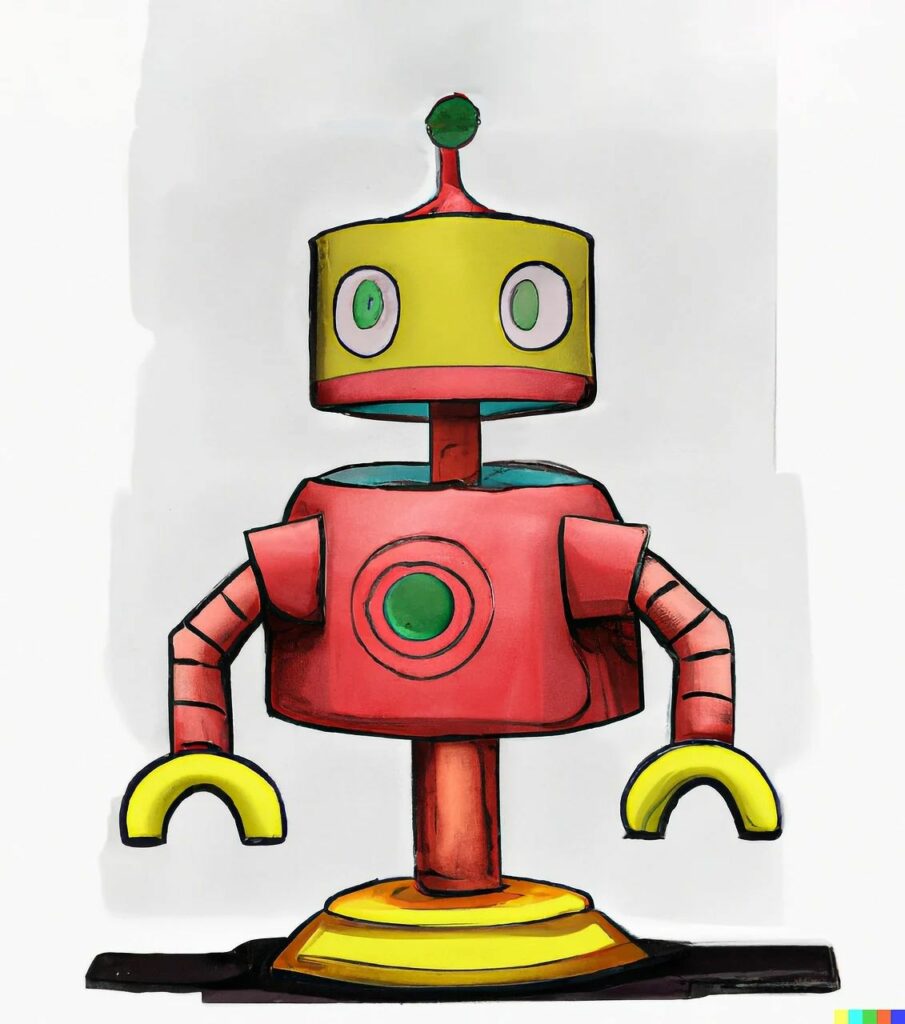Unlocking the Power of ChatGPT: The Ultimate AI Language Model

ChatGPT is a state-of-the-art artificial intelligence language model developed by OpenAI. It has taken the world of natural language processing (NLP) by storm with its ability to generate human-like text in response to prompts, making it one of the most advanced AI language models in existence today. In this article, we will explore everything you need to know about ChatGPT, including its history, features, and potential applications.
History of ChatGPT
ChatGPT is based on the transformer architecture, which was introduced in 2017 by Vaswani et al. in their paper “Attention is All You Need.” The transformer architecture revolutionized NLP by replacing traditional recurrent neural networks (RNNs) with self-attention mechanisms, allowing the model to process inputs in parallel and achieve faster training and inference times. ChatGPT is the largest transformer-based language model to date, with over 1.5 billion parameters.
Features of ChatGPT
ChatGPT is trained on a massive corpus of text data from the internet, including books, articles, and conversations. As a result, it has the ability to perform a wide range of language tasks, such as text completion, summarization, and translation. In addition, ChatGPT has been fine-tuned for specific tasks, such as conversation and question answering, allowing it to generate highly relevant and contextually appropriate responses.
One of the key strengths of ChatGPT is its ability to generate human-like text that is difficult to distinguish from text written by a human.
This is achieved through its deep learning techniques and its ability to remember previous inputs, allowing it to generate contextually appropriate responses even in complex conversational scenarios.
Potential Applications of ChatGPT
The versatility of ChatGPT makes it a valuable tool in a wide range of applications, including:
Customer service: ChatGPT can be used to provide instant customer support, reducing response times and improving customer satisfaction.
Content creation: ChatGPT can generate articles, summaries, and other written content, making it a valuable tool for content marketers and publishers.
Chatbots: ChatGPT can be integrated into chatbots, providing human-like conversation capabilities that improve user engagement and satisfaction.
Language translation: ChatGPT can translate text from one language to another, making it a valuable tool for businesses and organizations with global reach.
Data analysis: ChatGPT can be used to analyze and summarize large amounts of data, making it a valuable tool for data scientists and researchers.
Accessing ChatGPT
ChatGPT can be accessed through an API provided by OpenAI, allowing developers to integrate its capabilities into their applications and services.
However, it is important to note that ChatGPT is not perfect and can sometimes generate biased or misleading responses. As with any AI technology, it is essential to thoroughly evaluate and verify the output of ChatGPT before using it in real-world applications.
Conclusion
In conclusion, ChatGPT is a powerful and versatile AI language model that has the potential to revolutionize the field of NLP. With its ability to generate human-like text, perform a wide range of language tasks, and be easily integrated into applications and services, it is a valuable tool for businesses and organizations looking to improve their language capabilities.
As OpenAI continues to train and improve ChatGPT, it is likely to become an even more valuable tool in the future.












































